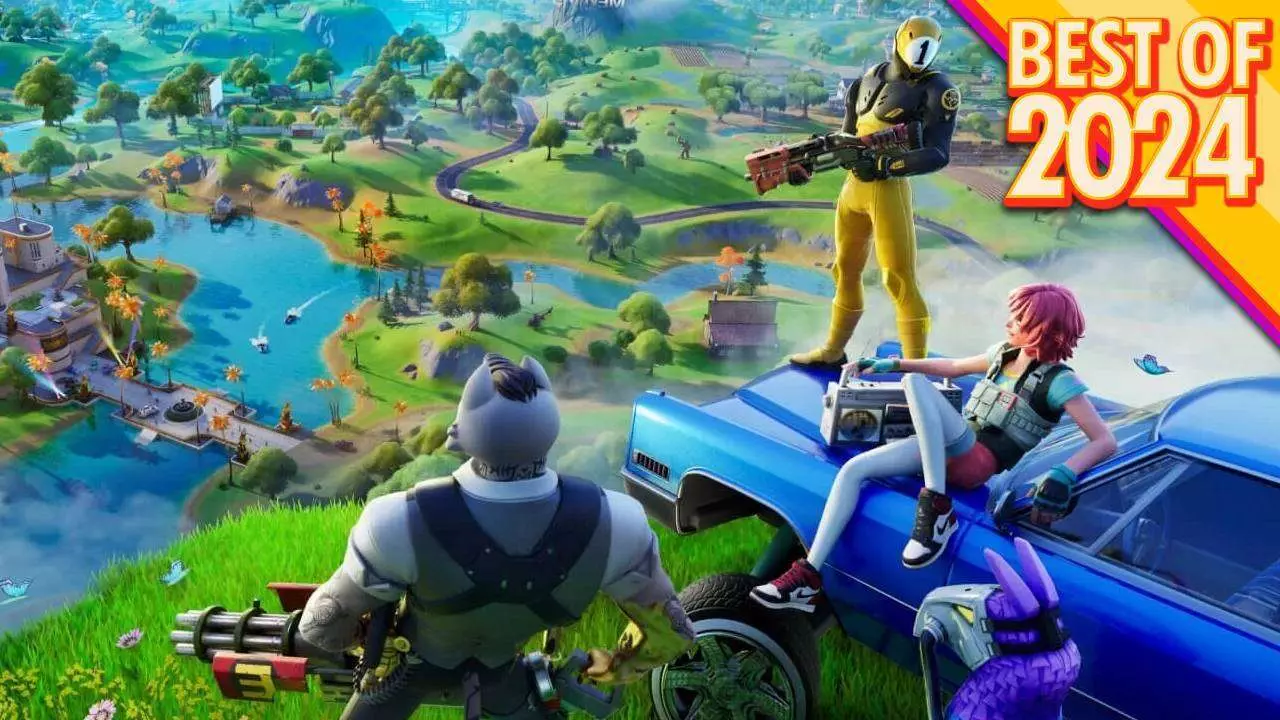The gaming landscape, especially for prominent titles like Fortnite, is constantly evolving. However, one undeniable trend has emerged in the game over the past year: rising prices. Epic Games, Fortnite’s developer, initiated a notable price increase starting from late 2023, inflating V-Bucks—the in-game currency—sky-high. This adjustment was just the beginning of a broader strategy aimed at altering how players experience in-game purchases. As players scramble to keep up with the economic shifts in the game, the atmosphere has changed drastically, with many feeling the sting of inflation keenly.
In addition to inflated currency, Epic’s philosophy regarding what it offers in the item shop has experienced a significant overhaul. One key aspect of this shift is the reduction of new collaboration skins. Previously, players could expect a diverse array of skins from various franchises, often featuring multiple customizable options. Yet, Chapter 5 Season 4 saw a stark change; only three out of 21 new collaboration skins included any customizable features, which were limited to toggle options like Black Cat’s mask or Iron Spider’s helmet. This minimalist approach has led many in the community to question whether the value of new skins is decreasing, resulting in a less enticing marketplace for players who once reveled in customization.
Another striking element of Epic’s current strategy is the new tendency to sell additional styles of skins separately. This was exemplified by the recent Platinum Festival skins, which are merely recolored versions of previous skins, but are marketed at a premium price of 1,800 V-Bucks each. This move undercuts the historical practice of bundling new styles with existing skins as a bonus for players who purchase them. Instead of being rewarded for their investments in Fortnite, players now face additional costs merely to access features they once considered part of their initial purchase. This tactic raises concerns about player loyalty and the overall satisfaction with the available inventory.
Epic’s newfound bundling strategy has also sparked outrage among its user base. The practice of forcing players to buy collaborations with accessories as part of a more expensive bundle rather than allowing individual purchases is a stark change; a trend that has been proliferating in 2024. Previously, this was uncommon, but Epic employed this high-pressure tactic over 30 times this year alone, as opposed to just five instances in 2023. For dedicated players, the notion of purchasing skins that now often exceed 3,400 V-Bucks feels exploitative, particularly when the prior price ceiling was set at 2,800 V-Bucks.
Fortunately, recent developments indicate that Epic may be rethinking its pricing strategies. As players showed visible discontent, the company’s December offerings appeared to scale back the aggressive pricing and bundling tactics introduced earlier. Whether this marks a significant shift towards more player-friendly practices remains to be seen. Ultimately, in a digital marketplace driven by community engagement, listener sentiment will play a crucial role in shaping the future of Fortnite’s pricing strategy and overall success. In an era marked by shareholder interests, it is essential for Epic Games to balance profitability with player satisfaction to maintain their loyal fan base.

